Downward Facing Dog Pose - Adho Mukha Svanasana
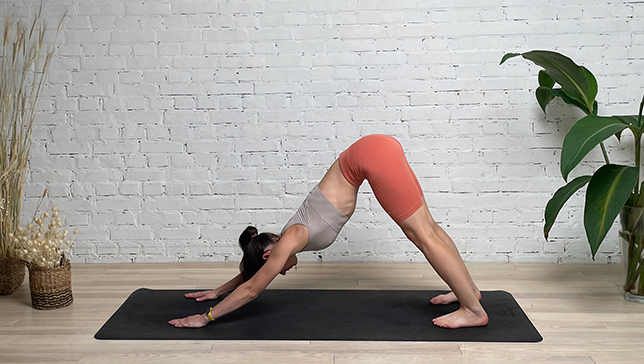
Contents
Downward Facing Dog Pose or Adho Mukha Svanasana in Sanskrit (Adho means ‘downwards’, Mukha ‘face’, and Svana means ‘dog’) is a foundational yoga pose that is often used as a transitional pose between other yoga asanas.
Downward Facing Dog position provides a great stretch and strengthens the entire body, especially the arms, shoulders, hamstrings, calves, and spine. It can also help to calm the mind and relieve stress.
Adho Mukha Svanasana is considered a base pose as Downward Facing Dog Pose Variations can be derived from this pose. This is a great pose to boost energy in the body and hence can be included in flow yoga sequences.
Pose Detail
- Difficulty: Beginners
- By Type: Flexibility Yoga Poses, Strengthening Yoga Poses, Yoga Poses For Seniors
- Body Position: Inversion Yoga Poses
- By Benefit: Yoga Poses For Anxiety And Panic Attack, Yoga Poses For Weight Loss
Step-by-Step Instructions
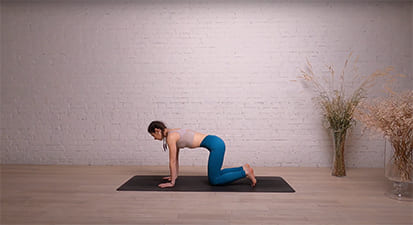
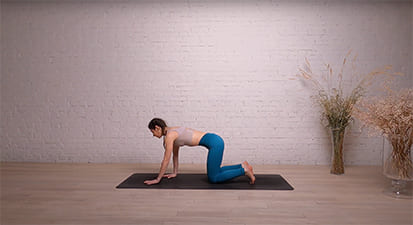
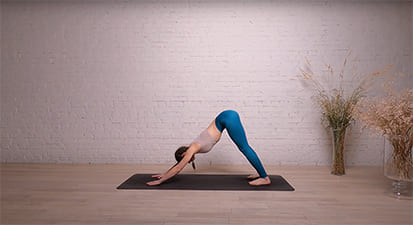
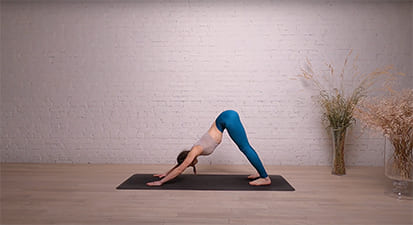
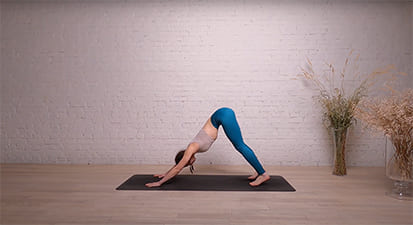
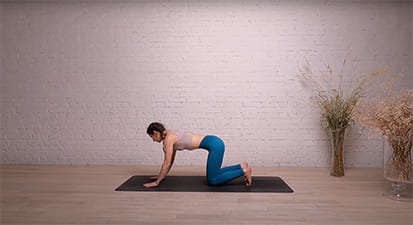
Benefits and Contraindications
Calms the brain and helps relieve stress and mild depression
Energizes the body
Stretches the shoulders, hamstrings, calves, arches, and hands
Strengthens the arms and legs
Helps relieve the symptoms of menopause
Relieves menstrual discomfort when done with head supported
Helps prevent osteoporosis
Improves digestion
Relieves headache, insomnia, back pain, and fatigue
Therapeutic for high blood pressure, asthma, flat feet, sciatica, sinusitis
Carpal tunnel syndrome
Diarrhea
Pregnancy: Do not do this pose late-term.
High blood pressure or headache: Support your head on a bolster or block, ears level between the arms.
Photo poses in different angles
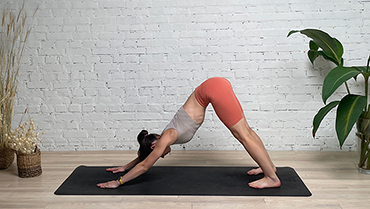
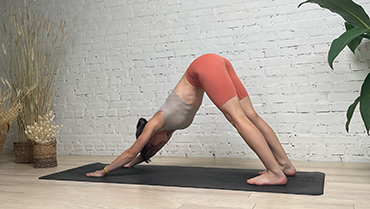
Modifications and Props for Beginners
Some people may find the traditional version of the pose challenging due to tightness or discomfort in certain areas of the body. Here are some modifications and props that can be used to make the pose more accessible:
- Use blocks: Place a block under each hand to bring the ground closer to you, which can help alleviate wrist pain or discomfort. You can also place a block under your head to relieve neck tension.
- Bend the knees: If you have tight hamstrings, bending your knees can help you find a more comfortable position in Downward Facing Dog. This modification can also help you engage your quadriceps more effectively.
- Use a strap: If you have tight shoulders or upper back, you can use a strap to help extend your arms and create more space between your shoulders and ears.
- Walk your hands forward: If you have tight hamstrings or lower back, walking your hands forward can help you find a more comfortable position. This modification also allows you to focus on lengthening your spine.
- Use a wall: If you have trouble balancing in the pose or need extra support, you can practice Downward Facing Dog with your hands on a wall. This modification can help you feel more stable and confident in the pose.
Useful Tips
Focus more on your spine and shoulders rather than straightening your legs.
Lengthen through your spine by drawing your shoulders away from your ears and reaching your hips up and back. Imagine lengthening your spine as if you were creating space between each vertebra.
Relax your neck: Let your head hang freely and allow your neck to relax. If you experience any discomfort in your neck, you can look between your legs or tuck your chin toward your chest.
Breathe deeply: Take slow, deep breaths as you hold the pose. Focus on expanding your ribcage and filling your lungs with air. Use each exhale to release tension and sink deeper into the pose.
Remember that every body is different, and it’s important to honor your own limitations and work at your own pace. If you experience any pain or discomfort in the pose, back off or modify as needed. With consistent practice, you can build strength and flexibility in your body and enjoy the many benefits of Downward Facing Dog.
Frequently Asked Questions
If you feel discomfort or pain while practicing Downward Facing Dog Pose, modify the pose by bending your knees, placing your hands on blocks, or lowering yourself to the ground. If the discomfort or pain persists, stop practicing the pose and consult with a healthcare professional.
Yes, beginners can practice Downward Facing Dog Pose, but modifications may be necessary to make the pose more accessible. Start with shorter holds and gradually increase the duration as you become more comfortable with the pose.
Hold Downward Facing Dog Pose for 5 to 10 breaths, gradually increasing the duration as you become more comfortable with the pose. Repeat the pose several times throughout your yoga practice.
Yes, you can practice Downward Facing Dog Pose during your menstrual cycle, but it may be uncomfortable or difficult for some individuals. It is important to listen to your body and adjust your practice as needed.
Some women may experience discomfort or pain during the pose due to cramping or bloating. In this case, you can modify the pose.
It is also important to stay hydrated during your menstrual cycle and avoid overexerting yourself in your yoga practice. If you experience severe pain or discomfort, it is best to rest and avoid yoga poses that exacerbate your symptoms.
As always, it is recommended to consult with a healthcare professional before starting or modifying any yoga practice, particularly if you have any medical conditions or concerns.
Modifications & Variations
- Downward Facing Dog Pose With Bent Knees
- Downward Facing Dog Against a Wall
- Downward Facing Dog Pose With Chair
- One-Legged Downward-Facing Dog Pose
- Two-Legged Downward-Facing Dog Pose
- Three Legged Downward Facing Dog Pose Aerial
- Revolved Downward-Facing Dog Pose